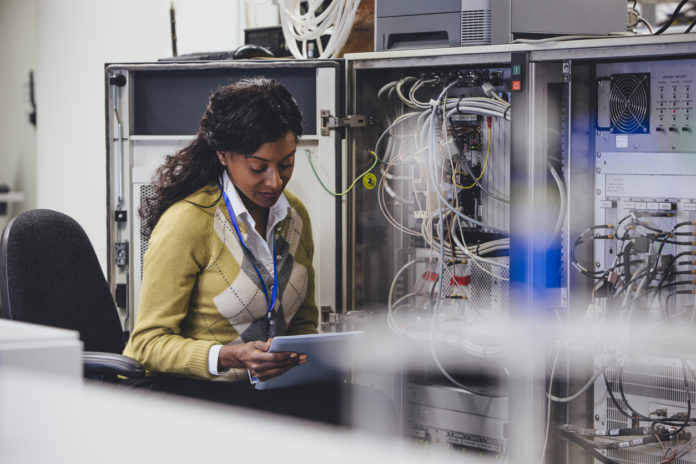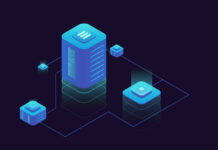More powerful processors and smaller form factors are enabling businesses to increase the number of servers they can fit inside their data centres. This increased computing capacity can help enterprises as they shift more of their services to the cloud. But it comes at a cost in the form of higher power requirements and heat generation.
Research firm IDC estimates organizations spend 66 cents on power and cooling for every dollar they spend on new hardware. So there’s a lot of incentive for CIOs and IT managers to ensure they’re using their power and cooling systems as effectively as possible to keep their costs down and stay within their budgets. Of course the biggest reason to stay on top of power and cooling is equipment that isn’t properly cooled or doesn’t have adequate power protection is more likely to fail, resulting in IT outages that could hurt business operations.
Here are three tips that can help CIOs and IT managers keep their data centres cool and running efficiently:
-
Use energy efficient, modular power and cooling solutions that can be expanded as data centre requirements grow – or moved to different areas of the data centre that are in greater need of power and cooling.
Data centres aren’t static operations. New equipment is constantly being installed and older gear phased out. This means areas of a data centre that once held the most power-hungry, hottest-running systems could require less cooling and power after older systems are phased out for newer, more efficient ones. Or racks that were once sparsely populated could quickly be filled up as IT demands grow. In either case, having modular systems is ideal because IT managers can easily shift cooling to where it’s most needed.
-
Use Data Centre Infrastructure Management (DCIM) software to get better insight into a data centre’s operations.
DCIM solutions give CIOs and IT managers the information they need to make the best use of their power and cooling solutions. DCIM systems can monitor power and heat at individual racks and across entire data centre facilities, allowing IT staff to deploy power and cooling where it’s most needed. The software can also help avoid potential outages by issuing alarms if, for example, the temperature for a particular rack or section of the data centre gets too high. To summarize, DCIM gives a holistic view of a data center’s performance so that energy, equipment and floor space are used as efficiently as possible.
-
Ensure mission-critical equipment has efficient power and surge protection.
Uninterruptible power supplies (UPS) and power distribution units (PDUs) are both key to ensuring a data centre makes the best use of its energy and can stay online even if its primary power source is down. Having adequate UPS protection in place gives data centres a crucial window of time in which they can switch to a backup power source without disrupting service. CIOs and IT managers should test their UPS systems regularly to make sure they’re operating properly and efficiently. If the UPS systems are aging, replacing them can pay for itself quickly because newer models are generally more energy efficient. PDUs come in a variety of form factors, but their goal is the same – to ensure data centre servers receive conditioned power. PDUs are also important because they can feed data centre managers important statistics including information on power loads and potential problem areas. This information can be very helpful in planning for future power needs.







